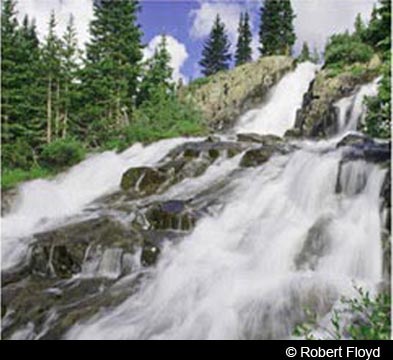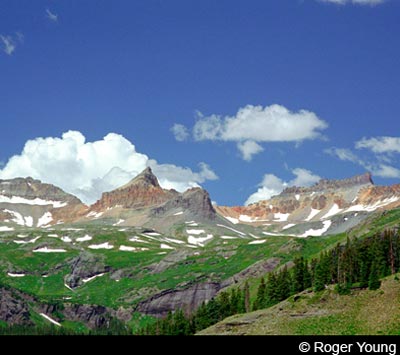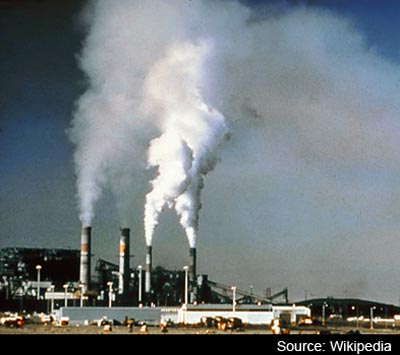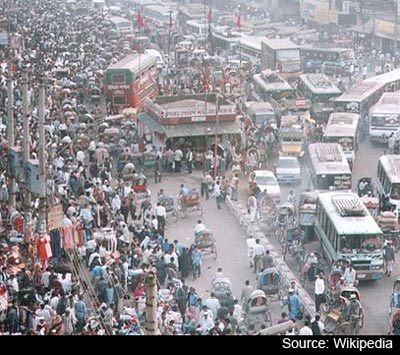Story by Kathryn Burke
All content © San Juan Publishing Group, Inc, All rights reserved.
In today’s frenetic world, how we treat our planet and our natural resources is tantamount to our most basic survival. Yet, humanity as a whole seems to cavilerly disregard the obvious. As a people, we appear to be following Gordon Geko’s caveat, “Greed is Good,” as he professed in the movie “Wall Street, Money Never Sleeps.” Better he had said, “Cavet Emptor,” because we’ve bought into a doctrine that is slowly destroying us.
 |
 |
 |
 |
| WATER | LAND | ENERGY | PEOPLE |
Unless we acknowledge our mistakes and correct them fast, we’re headed in the footsteps of the dinosaurs. Some believe it may already be too late. Look what we’ve done in just the last century—our not-so-shining hour on the universe clock. It’s two minutes to midnight and the clock is ticking while we continue to produce many people and consume too many resources. Consider these resource facts (just the tip of a global iceberg) and downright scary.
(1a) Water. 60% of the earth’s 7+ billion people live within 100 miles of the ocean. And dump all manner of pollutants and human sewage into it every day. (1b) The most common ill effect of water pollution is disease, which is especially prevalent in less developed countries with poor water sanitation.
(2a) Air. Man is the main cause of air pollution, long recognized as a threat to human health and the Earth’s ecosystems. (2b) Where carbon, a natural and man-made pollutant, once once stored in forests, the dynamics are changing as forests make way for encroaching civilization.
(3a) Energy. Crude oil, coal, and gas are the main resources for world energy supply. (3b) 65% of global warming pollution is estimated to come from energy generation and use. At the rate we’re using it up, 2042 coal will be the only remaining fossil fuel. Our only recourse is to look toward clean air technologies such as (3c) solar, (3d) wind, and (3e) geothermal. We’re running out of time for political bickering and supporting Big Oil and government-subsidized, unsustainable energy policies. Since energy affects everything: air, water, food production, population, it should be at the top of our list. . . Well, everything discussed here in this article should be at the top of the list!
(4a) Food. In 1990, the US defined Sustainable Agriculture as a public law, yet by promoting companies like Monsanto, and literally legalizing the destruction of any non GMO farm, the same government is destroying our healthy food options. Don’t believe it? (4b) Watch this video! and read these articles. (4c) & (4d)
(5) People. As the world’s population grows unsustainably, so do its unyielding demands for water, land, trees and fossil fuels — all of which come at a steep price for already endangered plants and animals. Most biologists agree we’re in the midst of the Earth’s sixth mass extinction event; species are disappearing about 1,000 times faster than is typical of the planet’s history. This time, though, it isn’t because of geologic or cosmic forces but unsustainable human population growth.
Faced with this kind of information, what are we doing to correct the situation? Which would you rather see? Clean air, water, and energy sources with a managble population? Or the destructive environments contrasted in these images below? (Talk about a no-brainer!)
